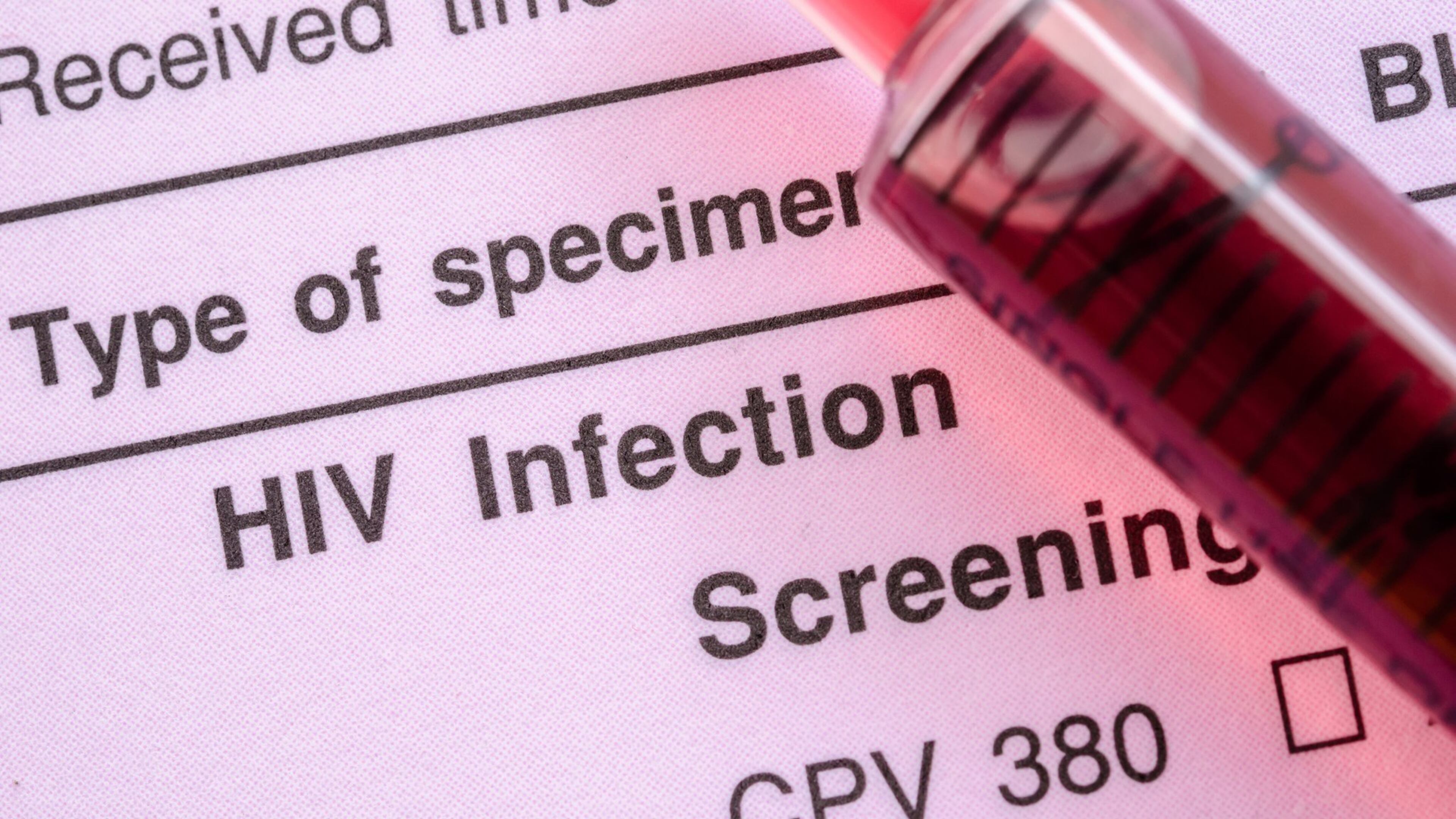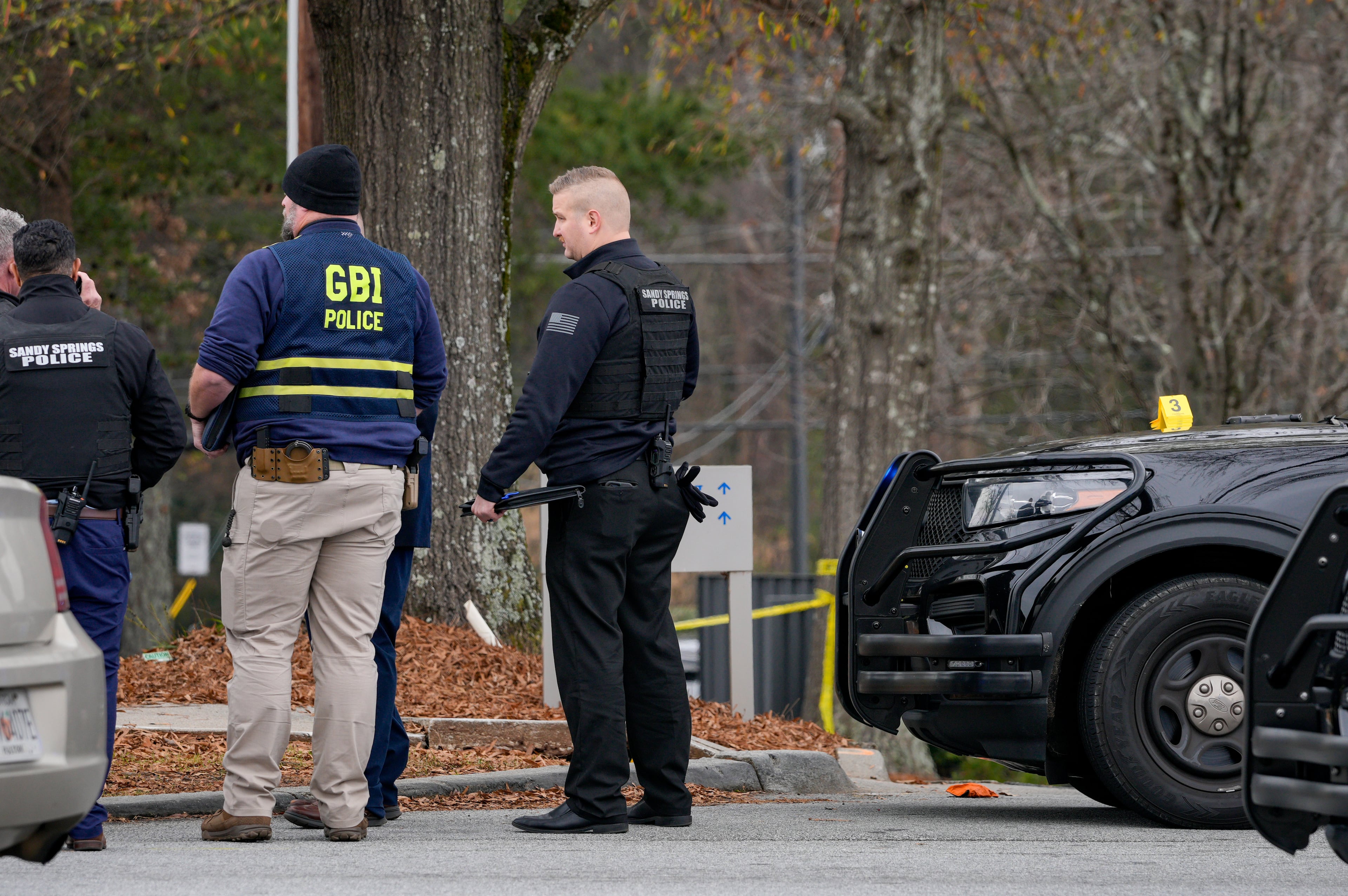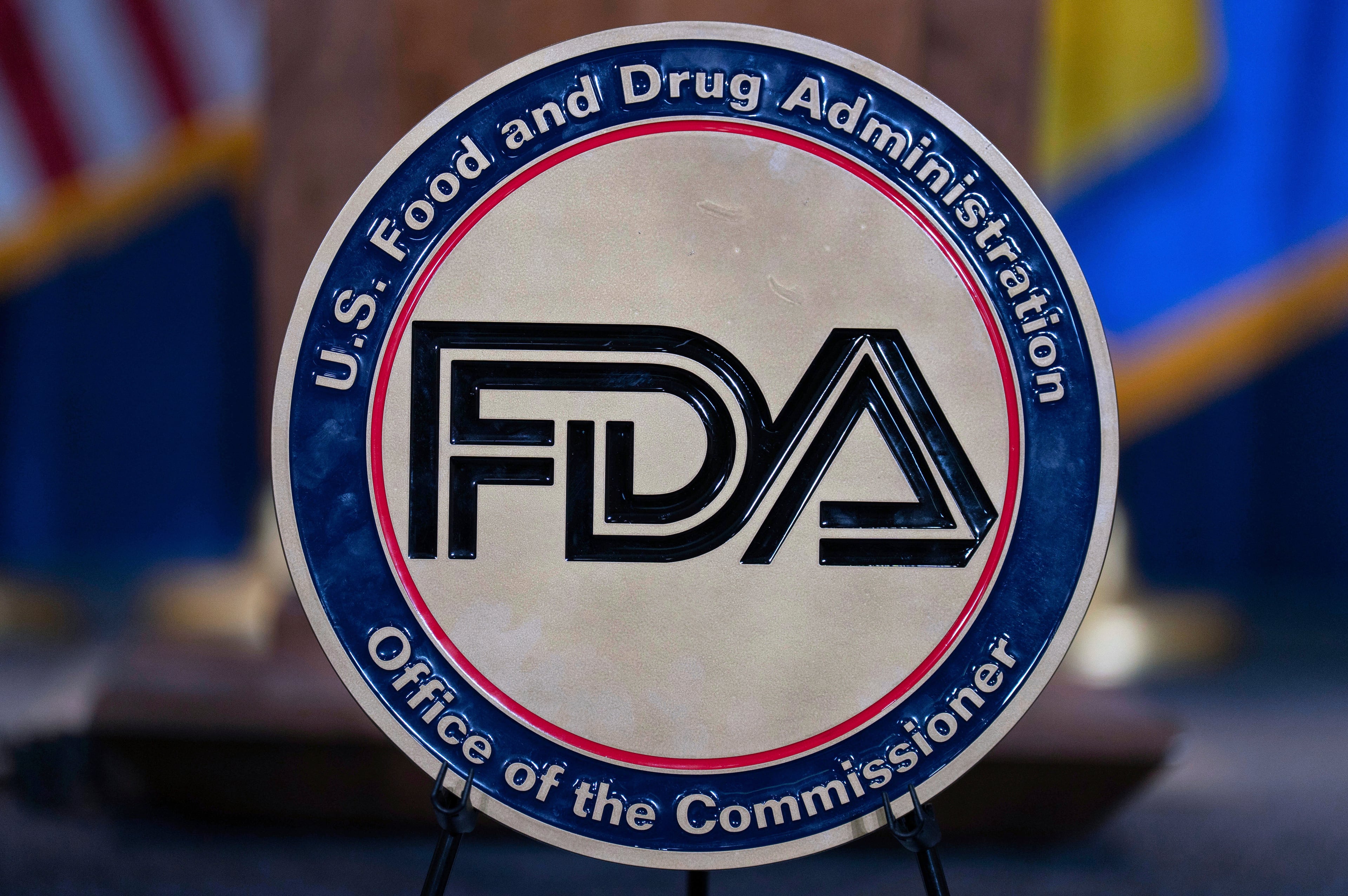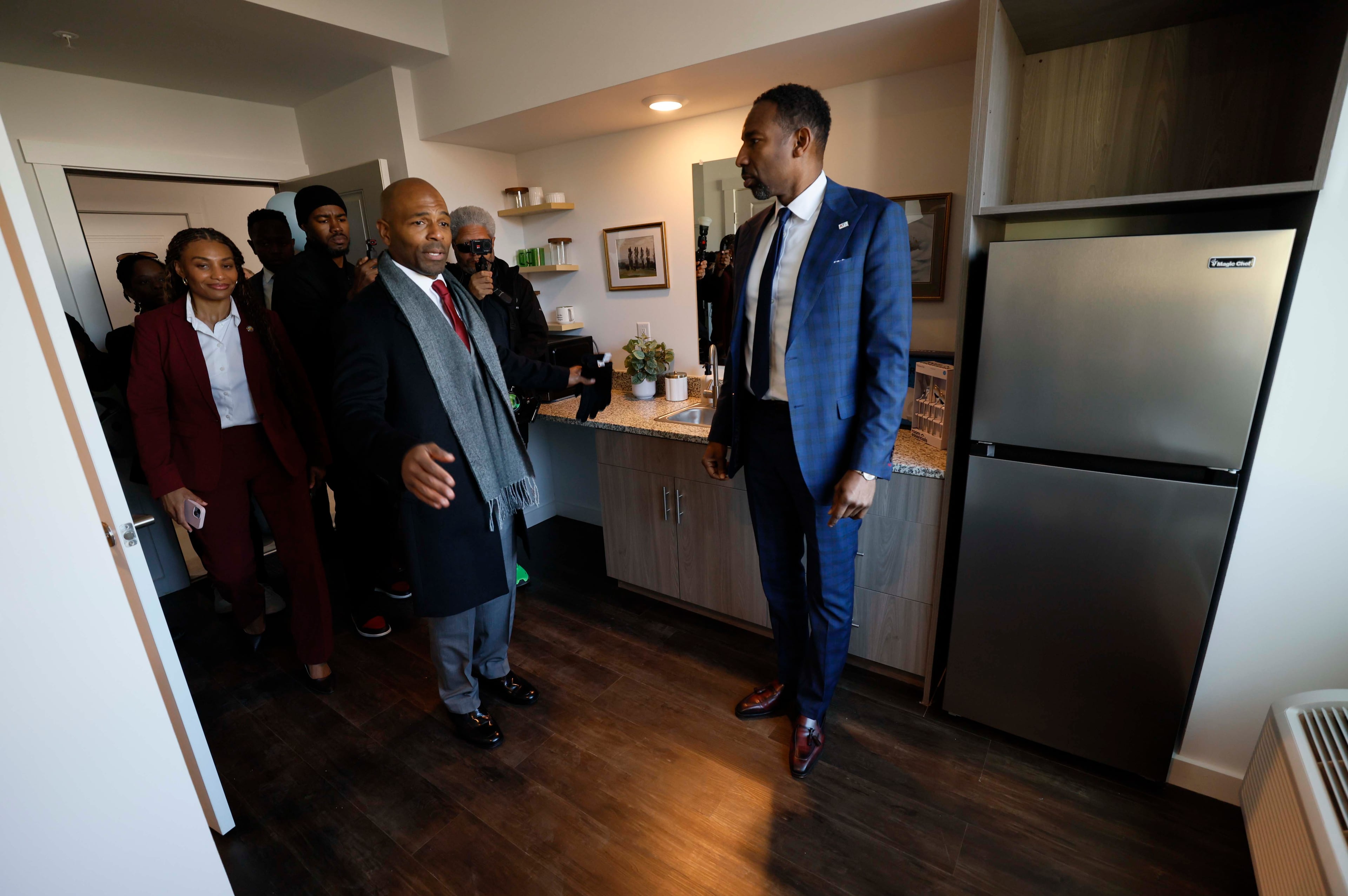CDC fired and rehired hundreds, then tasked them with tearing it down

When the nation’s top public health agency in June reinstated more than 460 laid-off workers at the Atlanta-based Centers for Disease Control and Prevention, not everyone walked back into the job they had abruptly exited just a few months before.
Instead, many — particularly in the Division of HIV Prevention — were tasked with the unexpected mission of dismantling their own departments, according to Yolanda Jacobs, a 20-year veteran of the CDC who serves as president of the American Federation of Government Employees Local 2883.
It remains unclear if HIV Prevention’s data and work will be eliminated or transferred, Jacobs said.
Much of the HIV department was reinstated in June, after the April CDC firings that saw around 2,400 people laid off. A preliminary injunction in the lawsuit New York v. Kennedy protected certain parts of the U.S. Department of Health and Human Services, the department overseeing the CDC.
Once those workers complete their department’s shut down operation, Jacobs added, they “will likely be terminated.”
“I know of many employees who have not returned to performing the same work they did prior to April 1,” Jacobs said in an affidavit related to the lawsuit. “For instance, the Division of HIV Prevention has directed workers to ‘reorient’ toward shutting themselves down.
“They have not been allowed to work on new projects but instead are tasked with closing down projects.”
The HIV department was not included in the around 600 CDC employees fired by the Trump administration last week, and remains protected under the injunction for now. The HIV Division has about 400 employees; 160 were laid off in April, and 130 have since been reinstated, Jacobs said.
A CDC internal presentation from July, obtained by The Atlanta Journal-Constitution, described the objective of the HIV Division’s reorientation to “develop transition plans that can be operationalized upon notification of elimination or transition of” the division.
Specific objectives include establishing a timeline for the “shutdown/transition plan” and developing “a plan for an orderly shutdown of the Laboratory Branch resulting in final decommission of lab space.”
“Under Secretary Kennedy’s leadership, the nation’s critical public health functions remain intact and effective,” HHS press secretary Emily G. Hilliard said in a statement to the AJC. “Critical HIV/AIDS programs will continue under the Administration for a Healthy America, reflecting the Department’s prioritization of this vital work. Ongoing investments demonstrate our commitment to addressing these both urgent and long-term health challenges.”
John Brooks, former chief medical officer for CDC’s Division of HIV Prevention, said 90% of the money the federal government puts into HIV gets dispersed.
If the division shuts down, HIV research and prevention in the U.S. could lose its centralization, expertise and even the primary HIV testing laboratory in the country, where fundamental research is done and many HIV tests are analyzed at a high level, Brooks said.
“Walking away from all of these multiple pieces of public health that are necessary to maintain the system, it should be alarming for everyone, regardless of you believing yourself to be vulnerable to HIV or not,” said Daniel D. Driffin, a public health practitioner and activist.
Many of the public health sector’s responses to other infectious diseases, including COVID-19, are built off infrastructure first put in place for HIV, Driffin added.
“We would not have solved COVID on the timeline that we solved COVID without the HIV infrastructure,” which includes mapping the virus, contact tracing and vaccine development, Driffin said.
Brooks called the internal shut down “heartbreaking.”
“I spent the better part of my career in public health trying to eliminate HIV in America so that no American would need to be afraid of getting HIV again,” Brooks said.
During Trump’s first term, the White House put into force a national initiative to end HIV in the U.S., with the idea that the country could get to a place where HIV is no longer considered epidemic.
In the first four years of the program, Brooks said, the U.S. saw unprecedented progress with a 12% decline in new infections nationally and a 19% decline of deaths attributable to HIV after years of being stagnant.
“This program, which was funded and is working and could have been a signature program for this President’s legacy, is being entirely undermined by his administration, including RFK Jr.,” Brooks said. “He needs to think carefully about that legacy because, unfortunately, the legacy he’s leaving now is that he didn’t tell the truth and you can’t trust the promise he makes.


